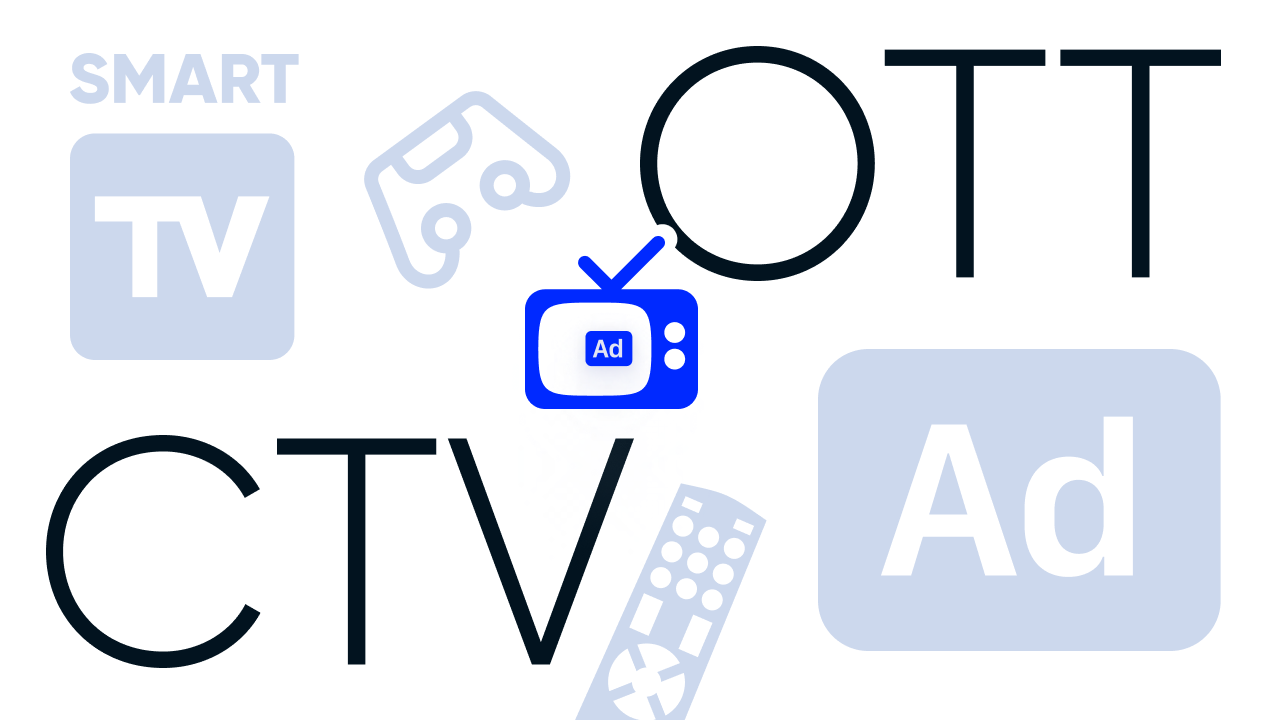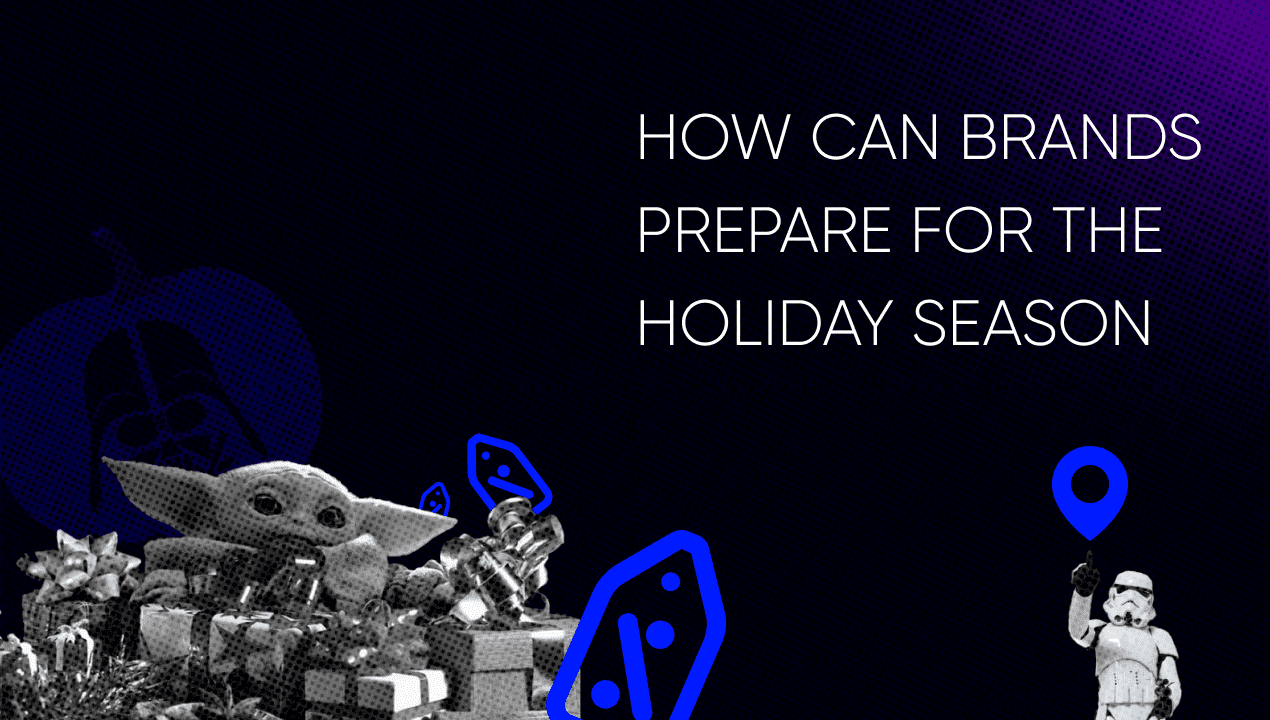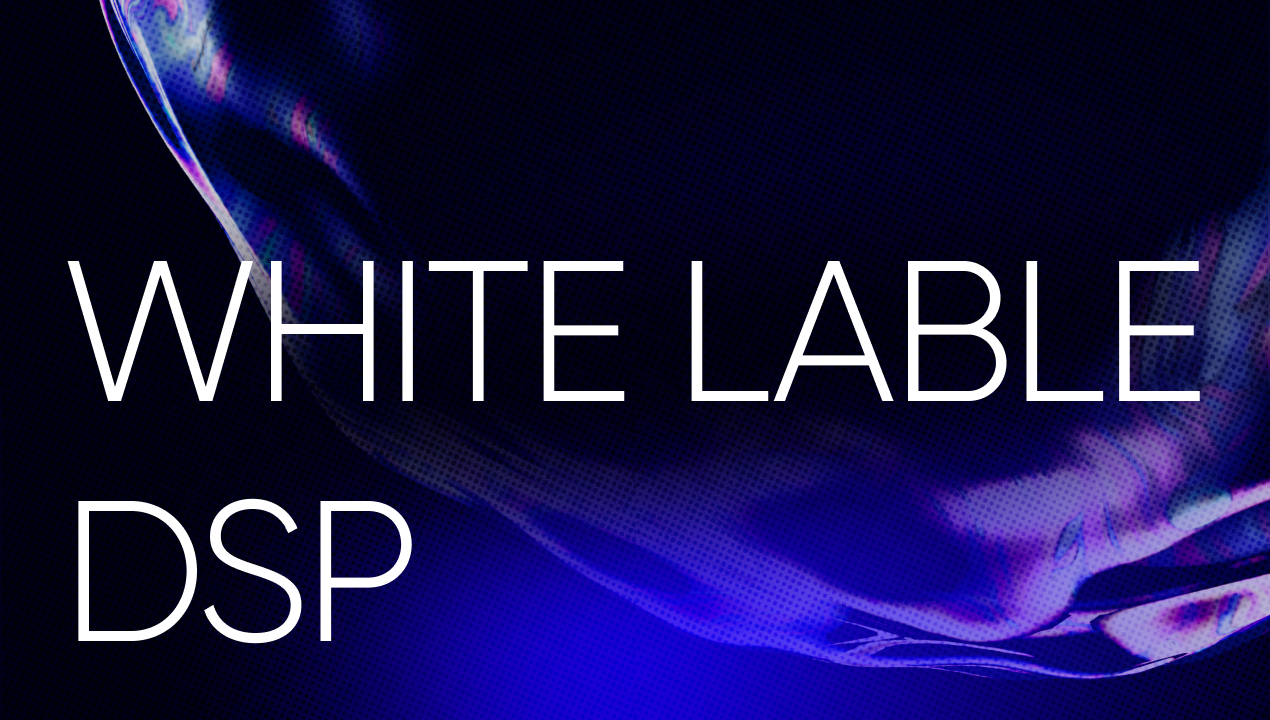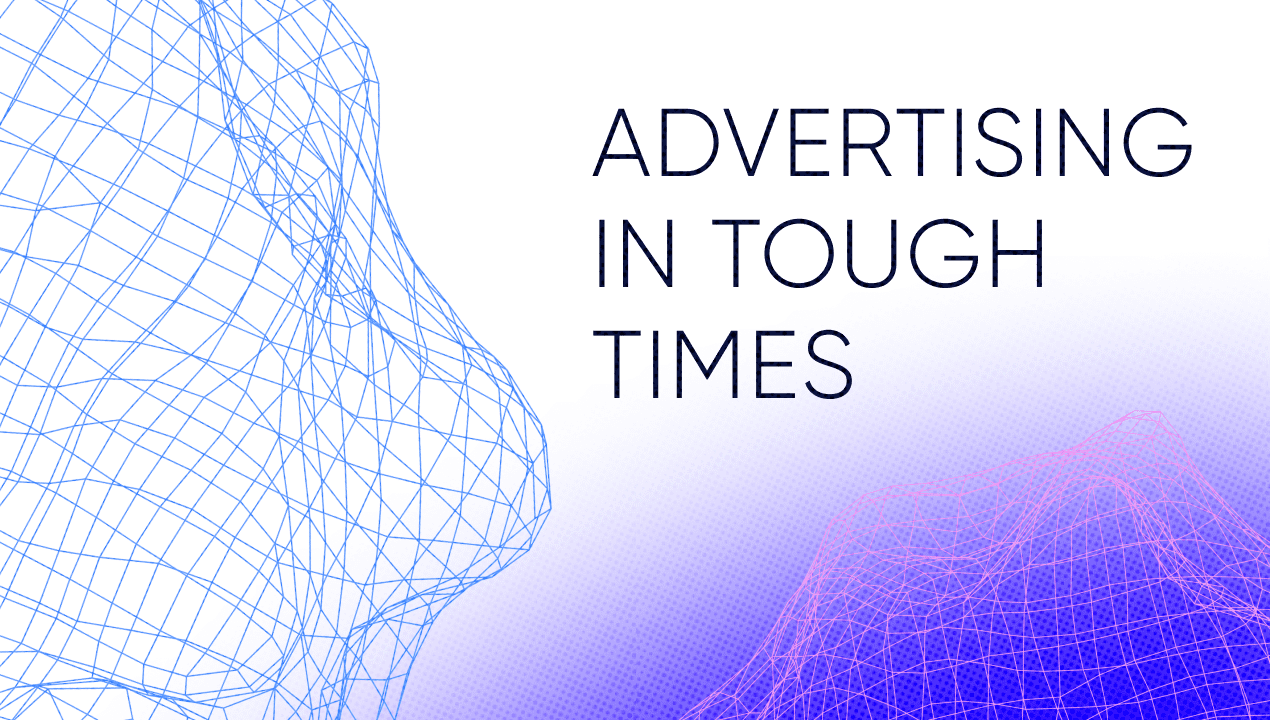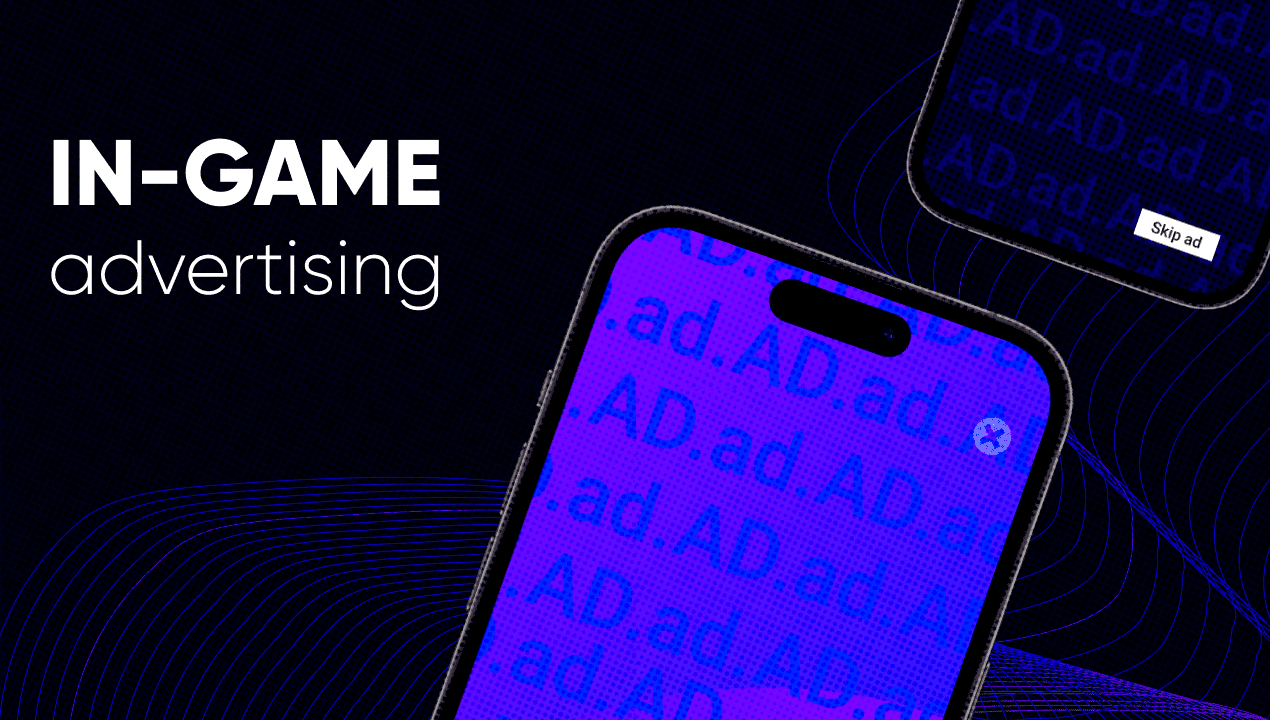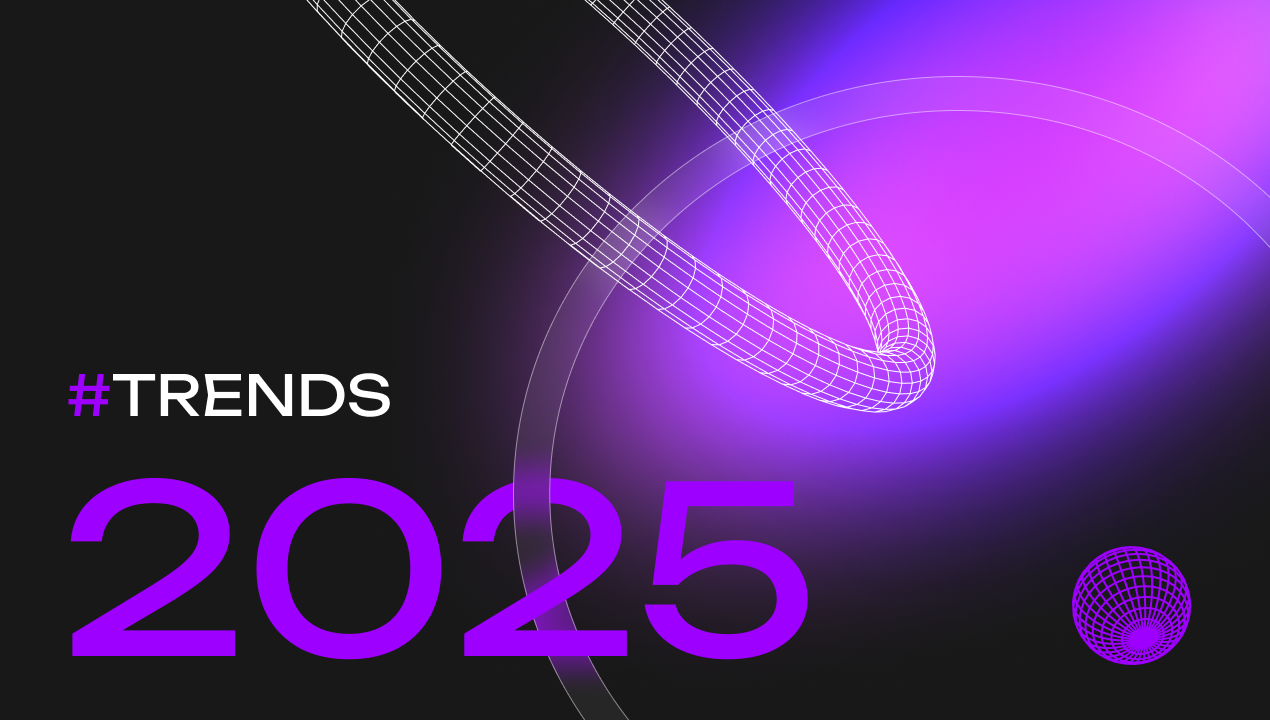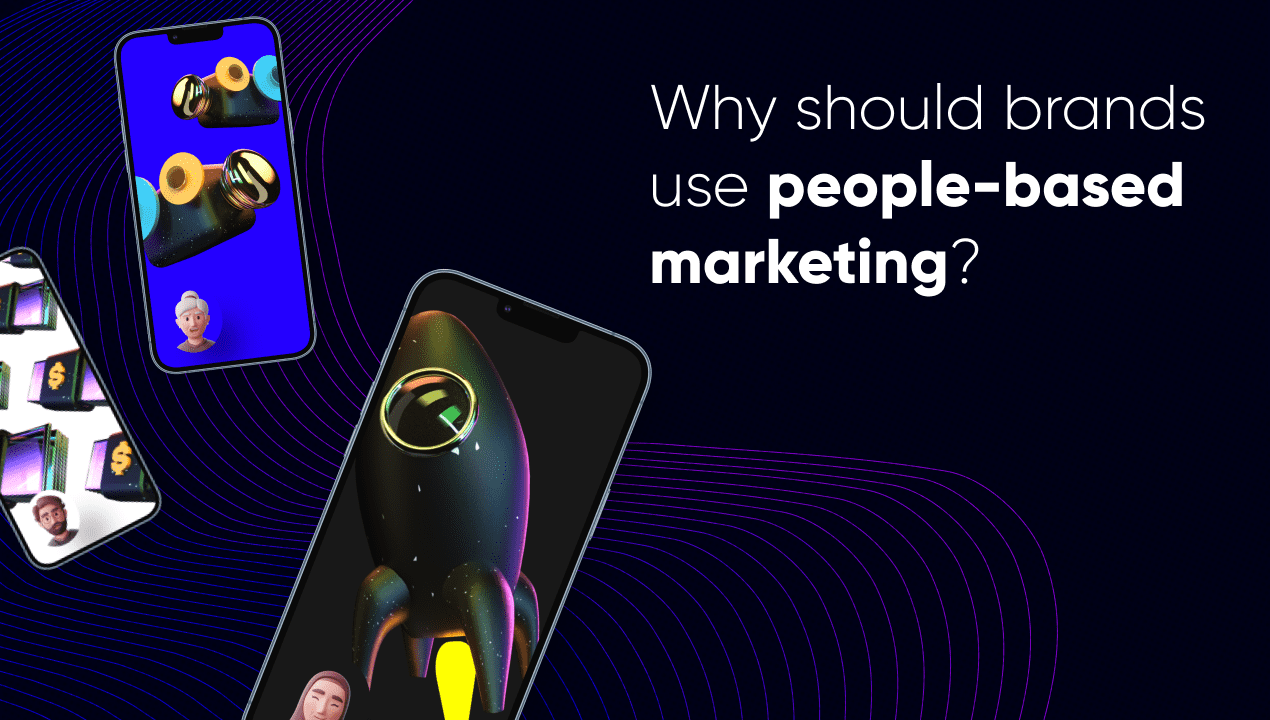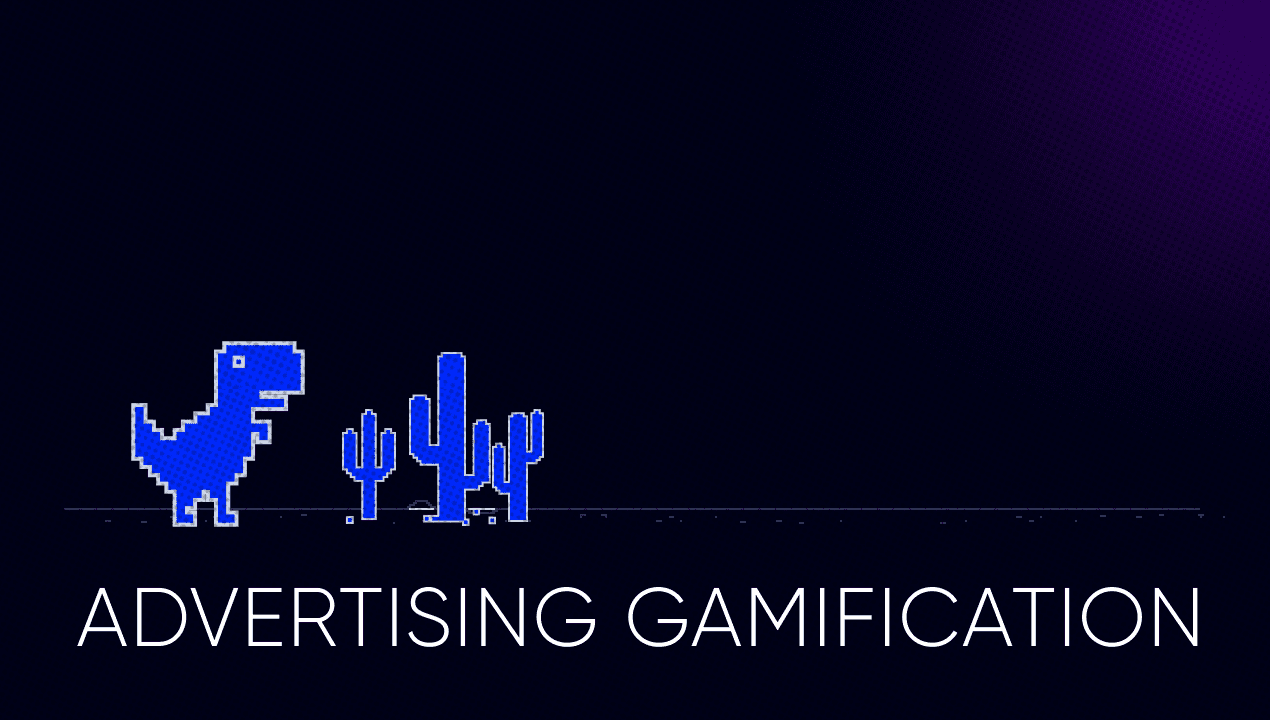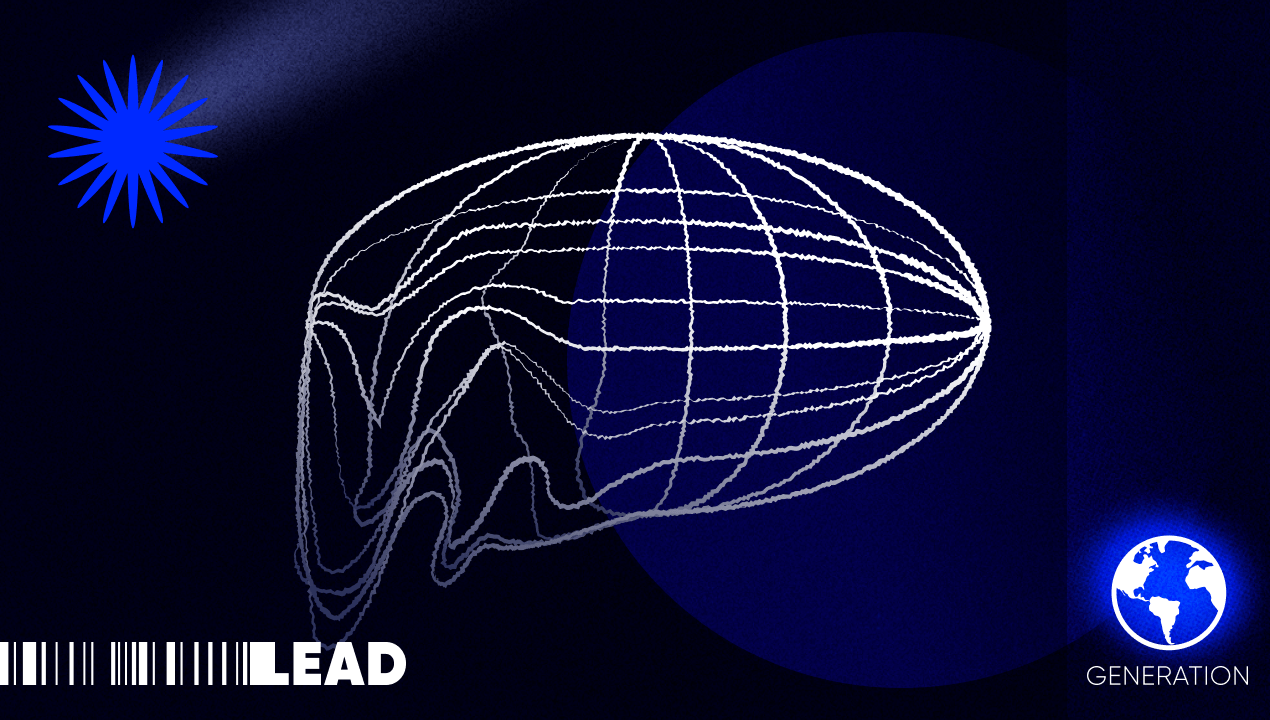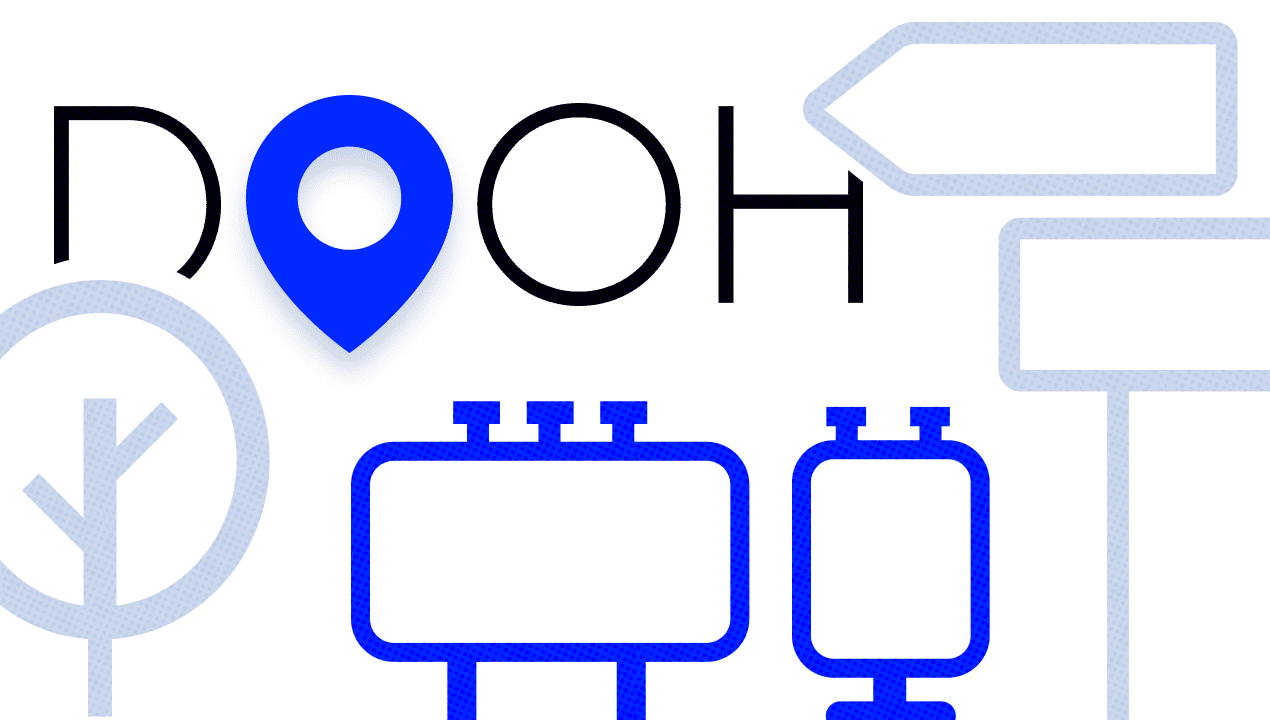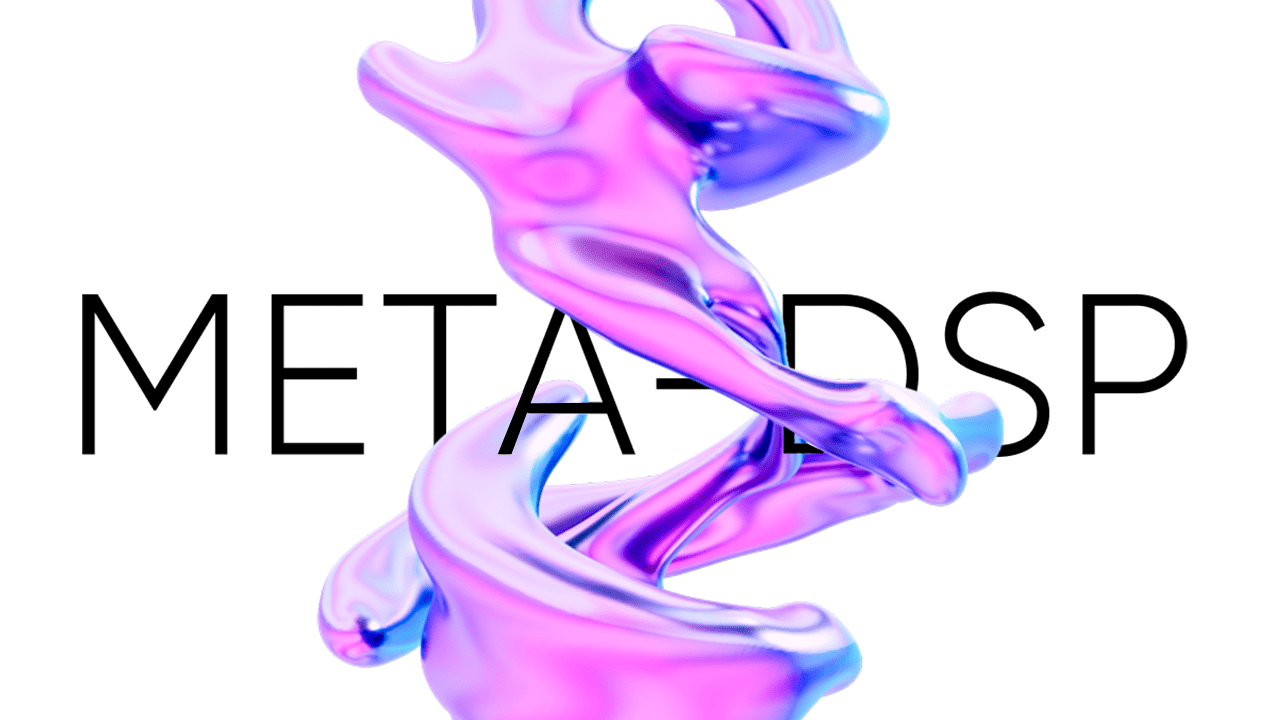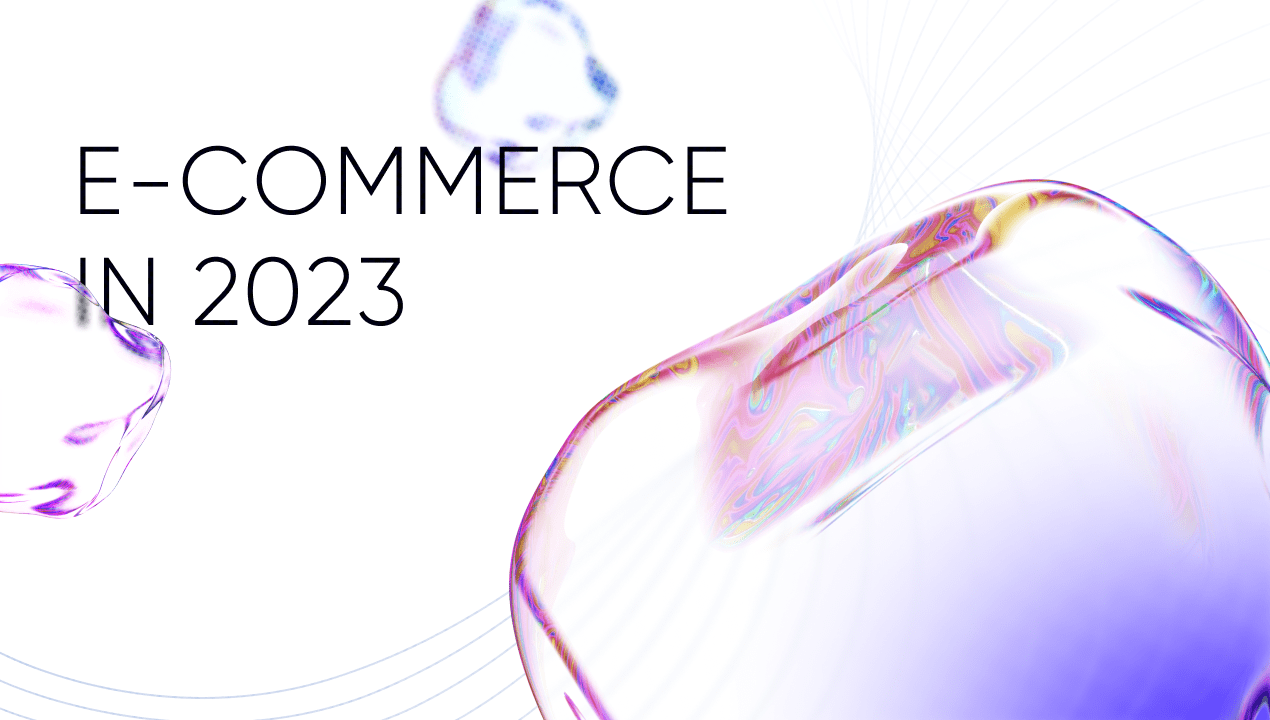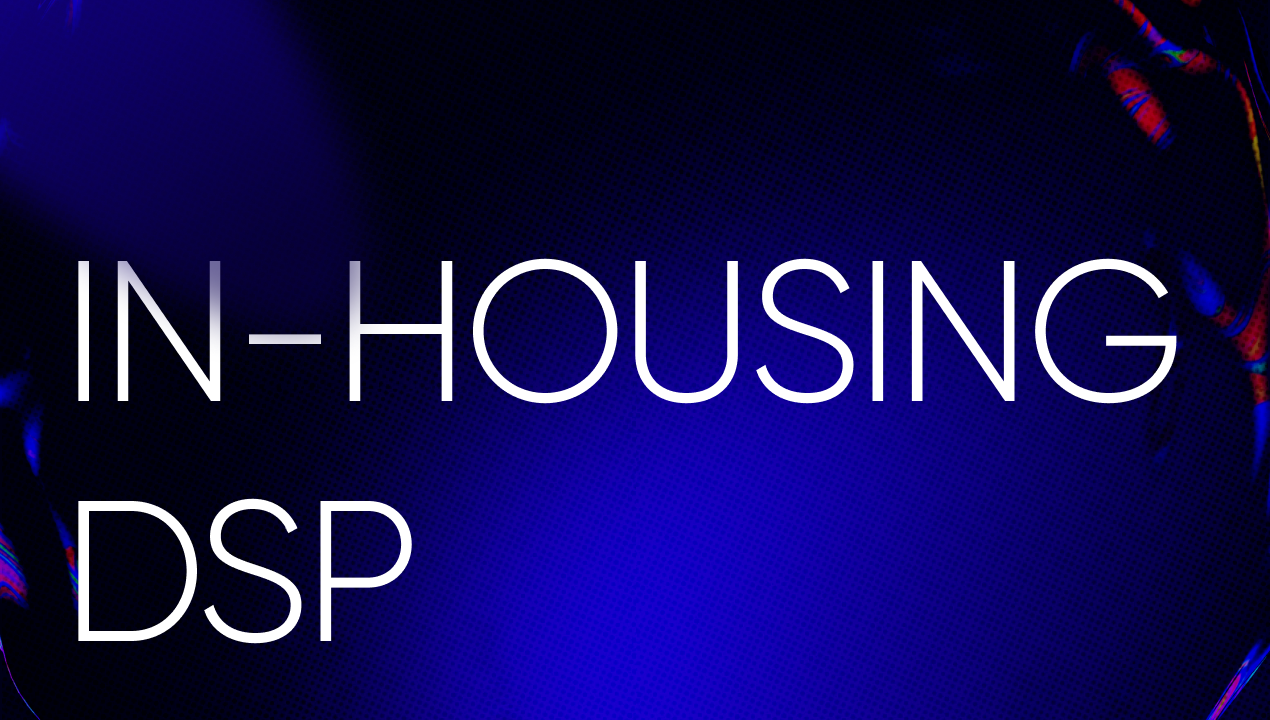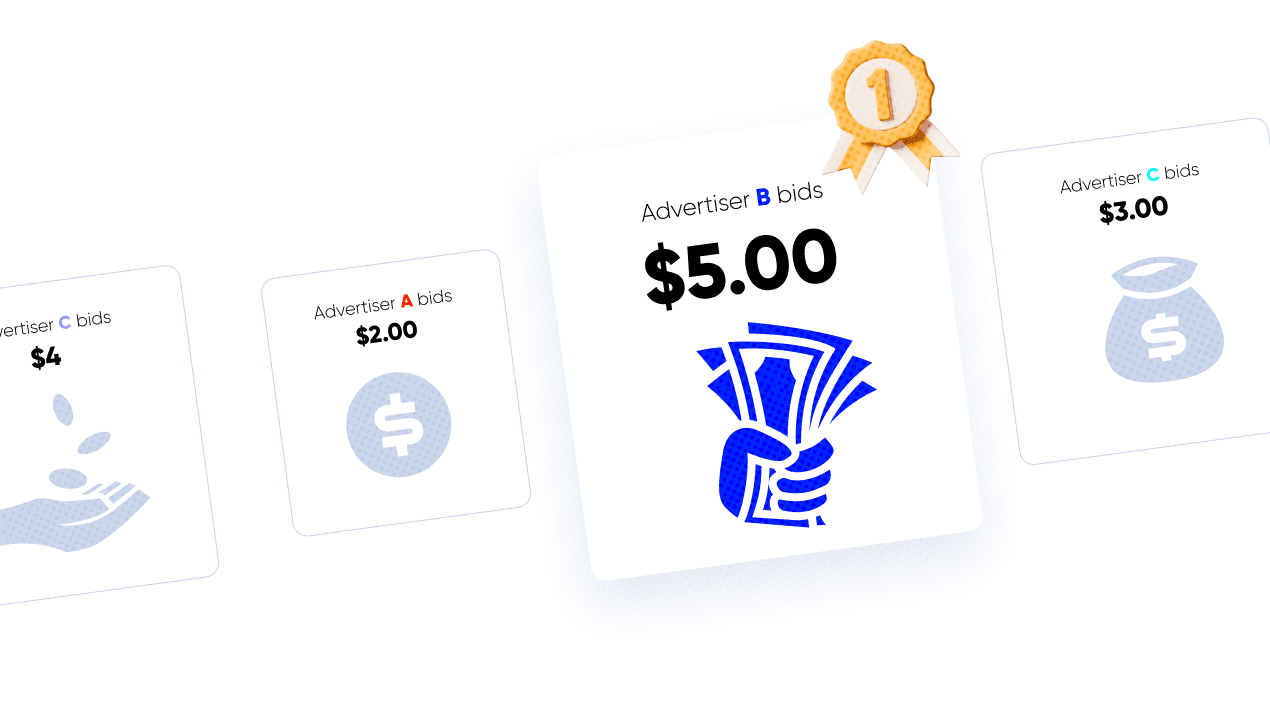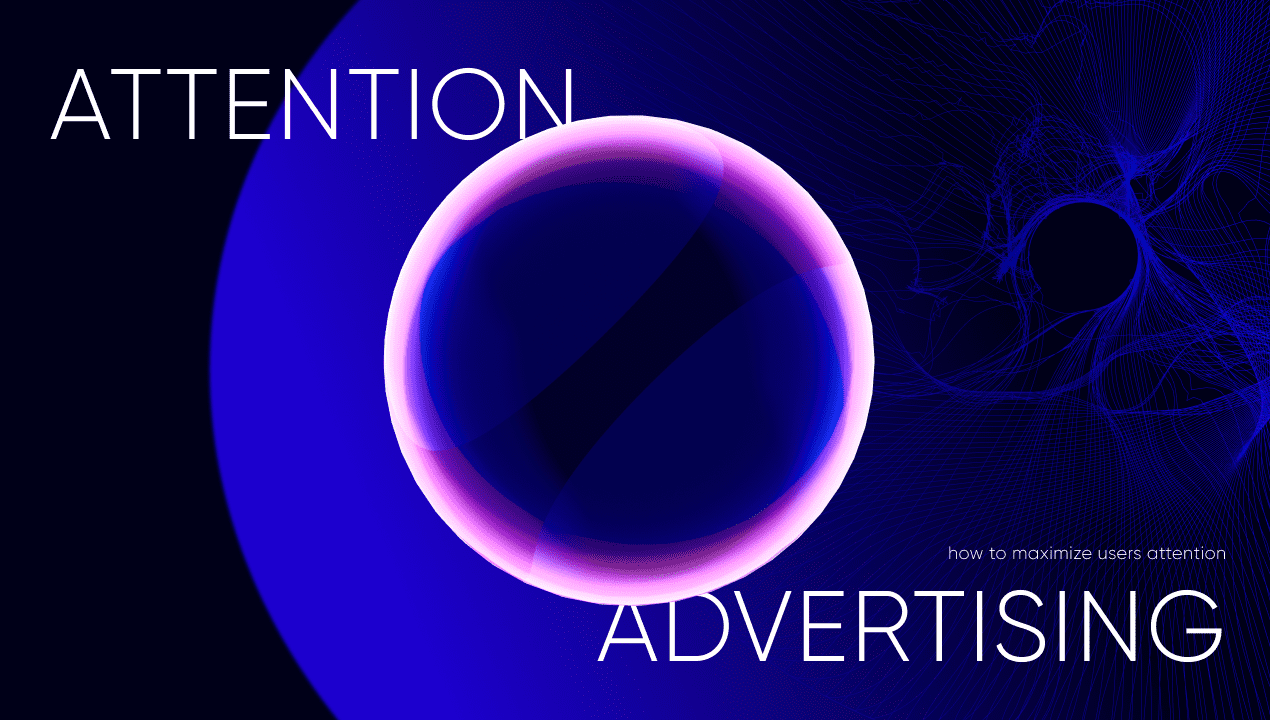
Attention ads: how to boost efficiency of ads and maximize users' attention
- Author: Lizaveta Zhuk
The more crowded digital spaces are, the less users’ attention brands may grab. So, even if your advertisement is super relevant for users, they may not click on them as they are overcrowded by advertising noise. In this case, brands may be faced with challenges of measuring the real ad campaigns’ efficiency, such as CTR, viewability, and so on, which are missing essential things. Grabbing and evaluating a viewer’s attention has become essential for fostering engagement and, ultimately, optimizing the return on investment for any campaign.
And here we are when attention-based ads rise in popularity and importance. Let’s learn more below.
What is attention advertising?
Over the years, users have encountered an increasing number of advertisements and distractions that surpass previous levels. To gain a comprehensive understanding of the effect of ad campaigns, marketers and advertisers need to know whether their ads capture their audiences’ attention. So marketers shift away from traditional ad performance indicators (e.g. clicks, viewability, CTR, impressions and so on). Attention-based advertising is a practice of measuring the ad campaign performance using attention-based metrics.
This new approach is powered by data and analytics, which measure audience engagement in real-time. This type of advertising demonstrates not only who sees advertisements but also how much of the ad was consumed and how the audience connects with the content.
How does it differ from traditional advertising?
Sometimes, it may seem that common digital ads over-rely on numbers — the more ad impressions, outreach and clicks, the better performance. It displays an advertisement for users, hoping it would be boosted and solely relies on the numbers. Conversely, attention-based advertising prioritizes the excellence of interaction and ad consumption rather than solely focusing on visibility.
Other differences may include data and machine learning integration. This type of advertising relies on detailed data that helps brands better understand their target audience’s interests, preferences, and behavior. Ultimately, these insights will help brands fine-tune ad campaigns to resonate more strongly with high-intent users and boost ROI.
Types of attention advertising
Depending on the type of attention that advertisers grab, advertising is divided into the following categories:
- Top-down attention. If users choose one alternative between two — for example, if users scroll their social media feeds while watching TV — this is top-down attention. Any advertisement that will appear to users may not grab any attention as they are involved in social media feeds.
- Bottom-up attention. This type of attention is when users browse content and suddenly look at an ad. Let’s imagine you scroll through a website reading hot news and see ad banners in the middle of a news article or a pop-up banner: this is bottom-up attention. You may grab users’ attention with a high-relevant advertisement.
- Emotional attention. In this case, users pay attention to advertising because they are emotionally attached to any point of it. This type of advertising taps into the audience’s feelings, such as happiness, nostalgia and others, to attract attention to an advertisement. The best example of such advertising is holiday advertising.
How to measure efficiency of attention-based advertising?
Marketers evaluate the performance of ad campaigns using KPIs. The best way to attain an understanding of the efficiency of attention-based advertising is to use attention metrics. These metrics include:
- In-view time. This metric demonstrates how long users spend consuming an advertisement, with at least 50% of its pixels in view. The higher the number of the parameter, the more users’ attention advertisements get.
- Exposure time. This metric demonstrates how much time users spend on a site to see an ad creative. To evaluate this parameter, brands analyze site engagement metrics (for example, average session duration) and how users behave on a site. The measure demonstrates how often a user hovers over an advertisement on a screen with their mouth or finger before going away. It is an important measure as it shows users’ interest in advertisements or not.
- Screen real estate. It is a correlation between the size of an ad and the space of the entire screen where the ad is displayed. If a big size banner is displayed on a small screen, the ad may grab more attention.
All these measures are based on users’ engagement parameters, including:
- Attention: views of video or page, bounce rate, session duration, and so on.
- Engagement: how many users click on links, share content, comments, and so on.
- Retention: how long users stay on a site before closing it.
The attention metrics help brands evaluate the performance of their advertisement, get insights about customers’ behavior and improve ad strategies.
Benefits of attention-based advertising
Deeper measurement. Instead of relying on only the numbers, such as the number of clicks or ad impressions, attention ads help brands better understand users’ engagement and the deep efficiency of ad campaigns.
Better users’ experience. Users are no longer ready to choose brands that bombard them with irrelevant advertising. Attention-based advertising helps advertisers understand what makes the advertisement more interesting for users and demonstrates more value through the ad.
Improve the quality of advertising. If brands consider all the data they got from attention-metrics analysis, they get a chance to fine-tune their next ad campaign to resonate more strongly with the target audience.
Boost profit. Developing ad strategies across users’ engagement and attention helps brands deliver value for users with relevant ads that increase ROI.
Reducing irritation from advertising. As users see more related and necessary ads and ads that appear less but at the right moment, users are less annoyed from seeing a lot of advertisements.
Help increase customer trust. Effective advertising that captures attention has the potential to cultivate a more genuine connection between brands and their audiences. Trust is established when users perceive that they are receiving valuable content rather than being subjected to overt sales tactics. This trust, in turn, contributes to heightened brand loyalty.
Programmatic & Attention-based advertising: the powerful combination
Programmatic technology based on a data-centric and holistic approach involves only clear goals, real numbers, comparisons and analytics. Moreover, data and machine learning algorithms are at the heart of programmatic platforms that allow them to analyze data about each ad impression in real-time and automatically optimize ad campaigns based on analytics data and performance. So, implementing attention advertising with its attention metrics into programmatic helps to light for the system on points that need to be improved.
Moreover, the programmatic platform knows when it is better to display an ad for a particular user. Artificial intelligence analyzes the user’s behavior: what they do on a brand site, what pages they look through, their preferences, and so on. Based on that rich data, the programmatic platform determines who it’s better to show an ad to, when it’s better to do so, and where to display that to get users’ full attention and conversion. So, you don’t need to puzzle your brain on how to grab users’ attention, programmatic will do it instead of you.
In sum, with the power of attention metrics and programmatic, marketers can:
- reduce useless spending on ads and budget on effective channels and ad creatives;
- improve conversion rates by providing relevant ad experience and grabbing attention on time;
- increase ROI and campaign profits through genuinely engaged user interaction.
How to attract and maximize customer attention in advertising
For brands and marketers, it’s crucial to focus on boosting customers’ attention as it’s their gateway to success. According to research, with a 5% increase in attention volume, brands experience about 40% growth in in-market ad awareness.
Deliver ads relevant to users. If a user is already annoyed by the irrelevance of ads, the excessive number of ads, and ad intrusiveness, the user’s vision is split between multiple ads and website content; they may not pay attention to a brand’s ad or just leave a site.

As a result, the importance of relevance of advertising in the context of websites and users’ interest is rising. Marketers may use programmatic ads to deliver relevant ads for users based on their interests, preferences, and behavior. Likewise, by using contextual targeting in programmatic ads, advertisers may calm down as this contextual targeting increases the likelihood that an ad would be relevant to a website context and align with user interest (learn more about contextual targeting here).

Use interactive ads. In a world where users are exposed to more than 500 ads daily, finding a way to stand out from the crowds is crucial. Interactive ads may become a great tool to do that. Whether it’s a quiz, poll, or interactive video, encouraging participation not only captures attention but also fosters a sense of involvement, making users more likely to remember and respond to your message. Moreover, users are likely to spend 49% more time with an ad with interactive components.
Personalize your ad message. Tailor your content to resonate with your audience on a personal level. Leverage data to understand user preferences and behaviors, allowing you to deliver personalized messages that feel relevant and compelling to each individual. Programmatic helps to advertise based on users’ interests and leverage data to provide a brand’s audience with a relevant ad experience.
Measure and improve. Regularly analyze the performance of your advertising efforts. Understand what works and what doesn’t through metrics that matter to your business. After revealing the efficiency of an ad campaign, try to understand what went wrong to improve an ad strategy and get better results in the future.
Also, it’s essential to pay attention to what works; it will help you find out what’s better to use to grab users’ attention and achieve the desired results.
Conclusion
Over the past years, the importance of grabbing users’ attention has increased significantly. So, instead of thinking of numbers only, brands should prioritize optimizing ad campaigns to provide personalized and relevant ads to resonate more strongly with the audience.
Other articles



